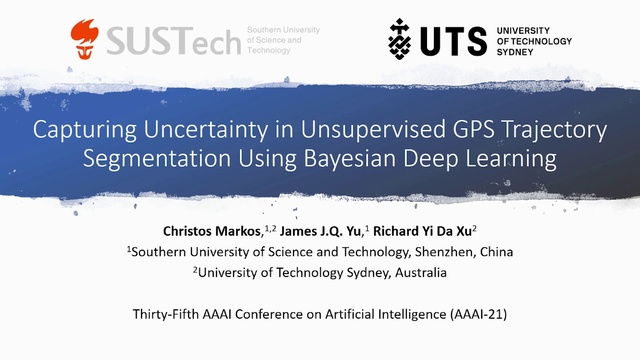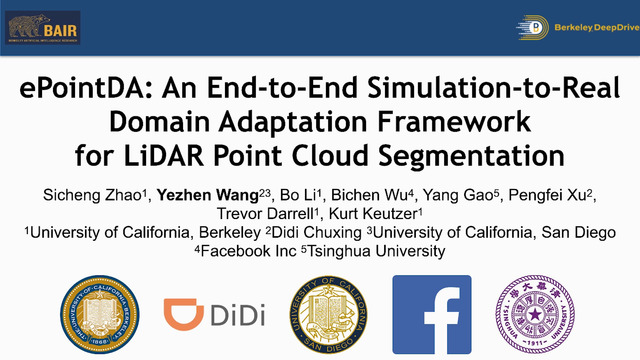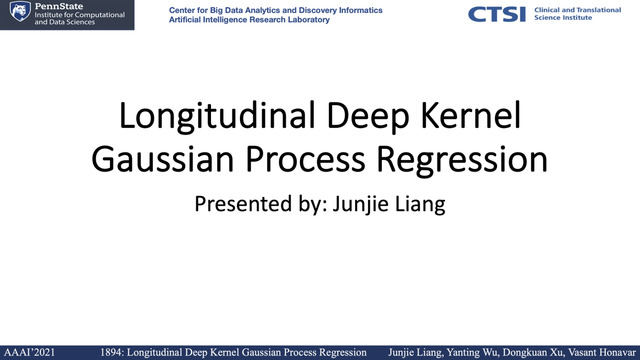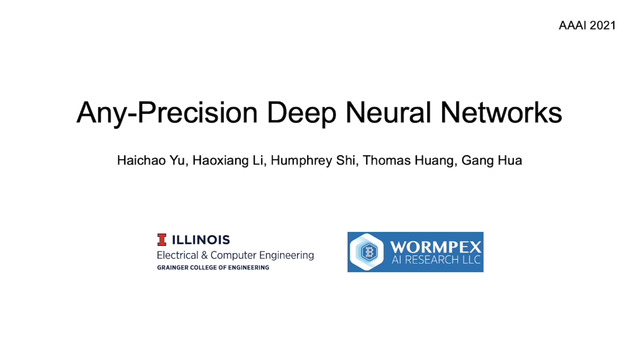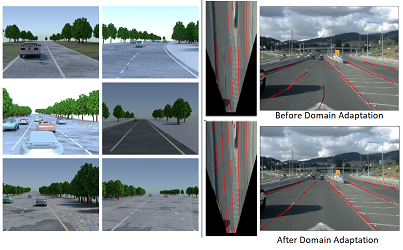Abstract:
Intelligent transportation management requires not only statistical information on users' mobility patterns, but also knowledge of their corresponding transportation modes. While GPS trajectories can be readily obtained from GPS sensors found in modern smartphones and vehicles, these massive geospatial data are neither automatically annotated nor segmented by transportation mode, subsequently complicating transportation mode identification. In addition, predictive uncertainty caused by the learned model parameters or variable noise in GPS sensor readings typically remains unaccounted for. To jointly address the above issues, we propose a Bayesian deep learning framework for unsupervised GPS trajectory segmentation. After unlabeled GPS trajectories are preprocessed into sequences of motion features, they are used in unsupervised training of a channel-calibrated temporal convolutional neural network for timestep-level transportation mode identification. At test time, we approximate variational inference via Monte Carlo dropout sampling, leveraging the mean and variance of the predicted distributions to classify each input timestep and estimate its predictive uncertainty, respectively. The proposed approach outperforms both its non-Bayesian variant and established GPS trajectory segmentation baselines on Microsoft's Geolife dataset without using any labels.
